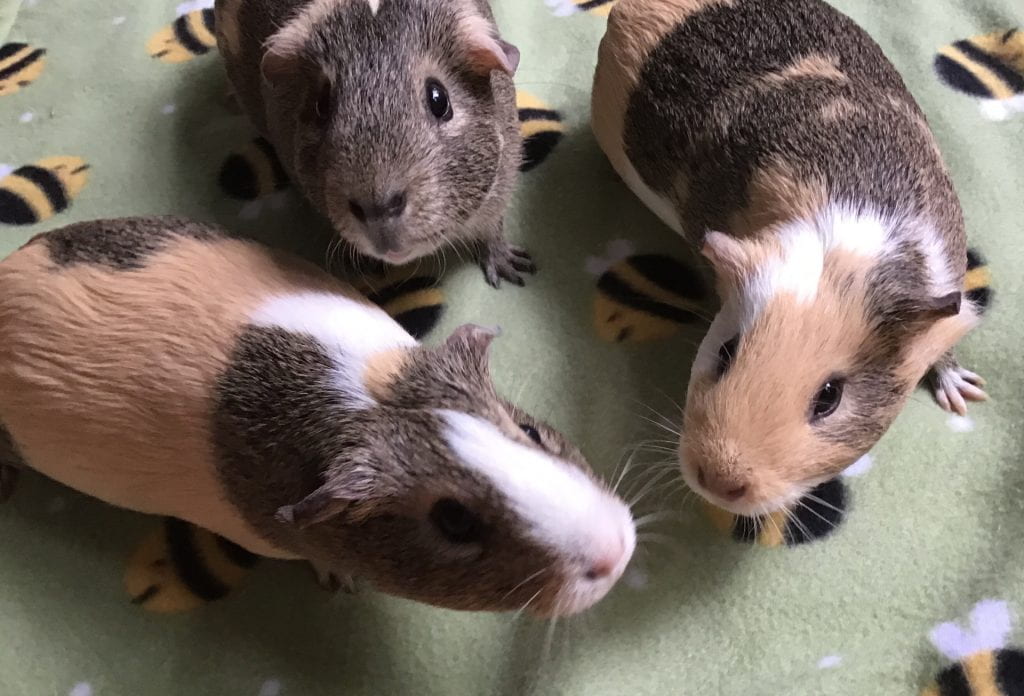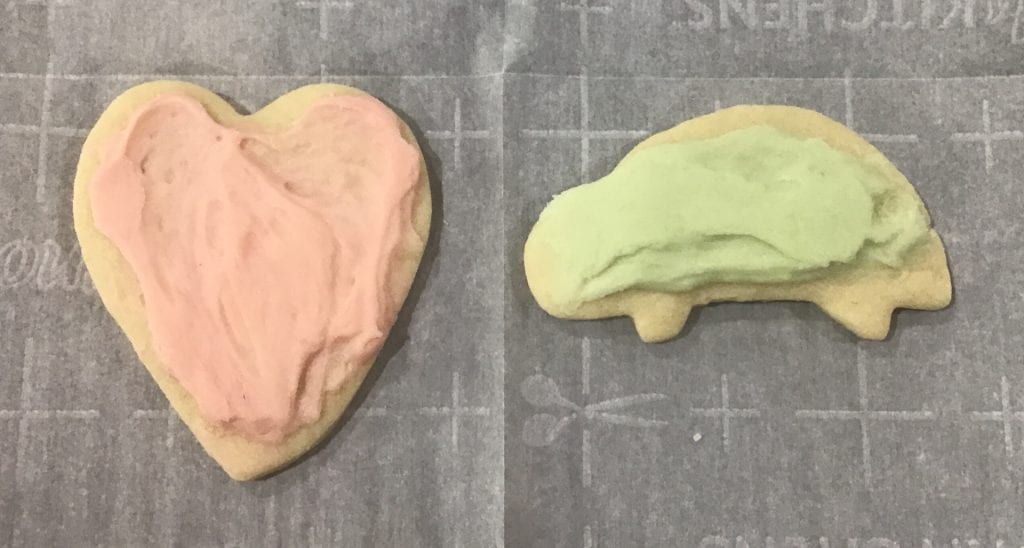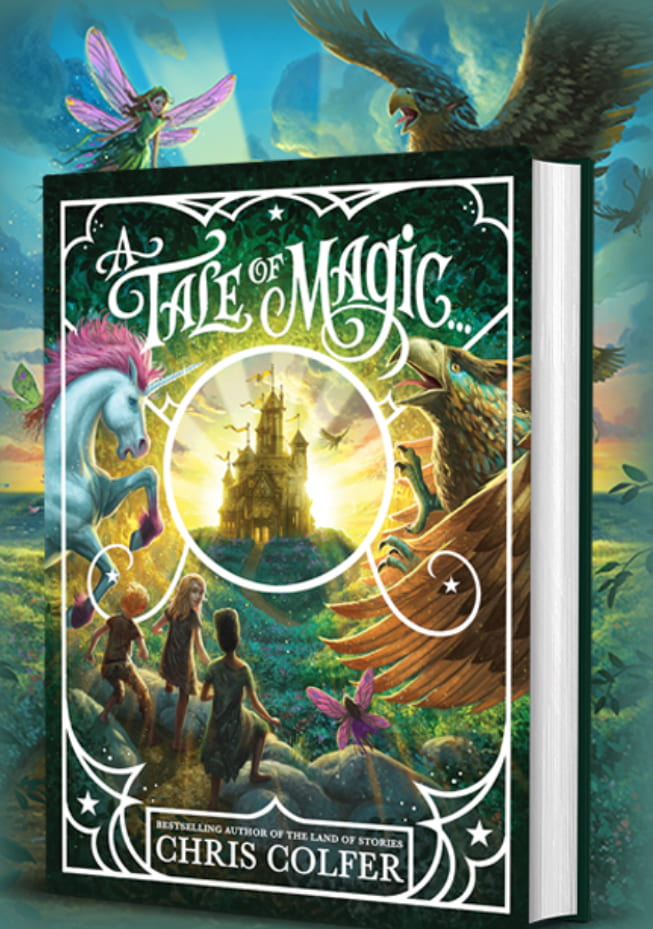 Starting on March 15th, and ending on May 15th, my class made Tree Books. A Tree Book is a book with a collection of writings and stories. The process of making one took hard work, but seeing the end result and the reactions from my family made the two months of work worth it. 🏆
Starting on March 15th, and ending on May 15th, my class made Tree Books. A Tree Book is a book with a collection of writings and stories. The process of making one took hard work, but seeing the end result and the reactions from my family made the two months of work worth it. 🏆
The first step to making a Tree Book is screen printing. Screen printing is where we took stencils and painted over them on to a separate painted cardboard. To make the stencils meaningful, we were asked to describe a tree we found. Then, local artist Peg Gignoux-a significant figure in our entire process-turned those words into stencils, which we then spread out over the cardboard. This will eventually become the base of our Tree Books. 📚
The next step is folding the paper that will make the Tree Book. The folding of a Tree Book is very interesting, and takes multiple steps to do. The paper ends up popping out of the book, making the soon-to-be forest scene come to life.
The third step, and my personal favorite, is akua inking. This step is similar to the screen printing, in which we painted over something to create an image. Instead of painting over the stencils, we painted over natural resources such as leaves and flowers. I got to be creative with this step, since there was so many choices between the paint colors, the types of paper, and the natural resources we could use. 🎨
After akua inking, we got to use our art to create a collage inside our book. This is the part where I felt like our books were really starting to come together. The scenes we created were very unique, but they all represented some kind of habitat within the Tree Books. I made a scene with hills, forests, and animals. 🌳
The fifth step was making pockets for our individual pieces of writing to go in. We got 3 to put on our books. Using leftover akua paintings, the pockets were decorated to seem like a part of the scene and were glued on in spots of our choice. 🖌
To go with our Tree Books, we wrote different writings to make our books special. The first was a Salute to My Roots. This piece of writing was multiple paragraphs honoring one or many people in our family. I wrote about my sister, and her reaction to reading was priceless. The second writing was a Life List. This was a list of all the things we wanted to accomplish with our lives, with no limits or approval from anyone. This let our minds wander, since most of us have never really considered every single thing we want to do, especially with no limits. After that, we made a poem titled When This is Over. In this poem, we talked about the things we would never again take for granted, and the lessons we learned because of this pandemic. The last writing piece was a wish. This wish could be about ourselves, other people, pets, and really anything. It was inspired by Wishtree by Katherine Applegate, a book we as a class are currently reading. Our wish was written on a piece of paper and in some way attached to our Tree Book. I disguised mine as a flower pot in the scene, but can open up like a book. After deciding where these pieces of writing would go in our Tree Book, the project was completed. 🎉
Our Tree Books we’re displayed at the Frank Art Gallery. It was such an amazing experience to see my work of art standing in a real gallery! Like I said before, watching my Mom, Dad, and sister’s reactions made the two month process worth it. 😊
Would you do this project? 🌲
Here is the link to the Frank Art Gallery website:
https://www.frankisart.com/
Here is Peg Gignoux’s website:
https://gignouxart.com/
Thank you for reading! 👋



 Starting on March 15th, and ending on May 15th, my class made Tree Books. A Tree Book is a book with a collection of writings and stories. The process of making one took hard work, but seeing the end result and the reactions from my family made the two months of work worth it. 🏆
Starting on March 15th, and ending on May 15th, my class made Tree Books. A Tree Book is a book with a collection of writings and stories. The process of making one took hard work, but seeing the end result and the reactions from my family made the two months of work worth it. 🏆




 My daily habit for the month of January was stretching. I created a routine of different stretches and each week I would add a few more to it. I chose this daily habit because it was always something I wanted to accomplish and the monthly goal created an opportunity for me to pursue that goal. 🏆
My daily habit for the month of January was stretching. I created a routine of different stretches and each week I would add a few more to it. I chose this daily habit because it was always something I wanted to accomplish and the monthly goal created an opportunity for me to pursue that goal. 🏆